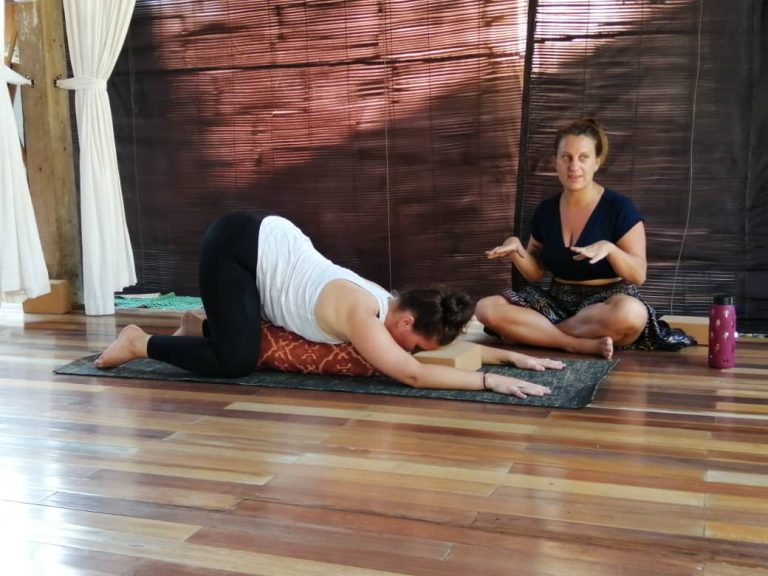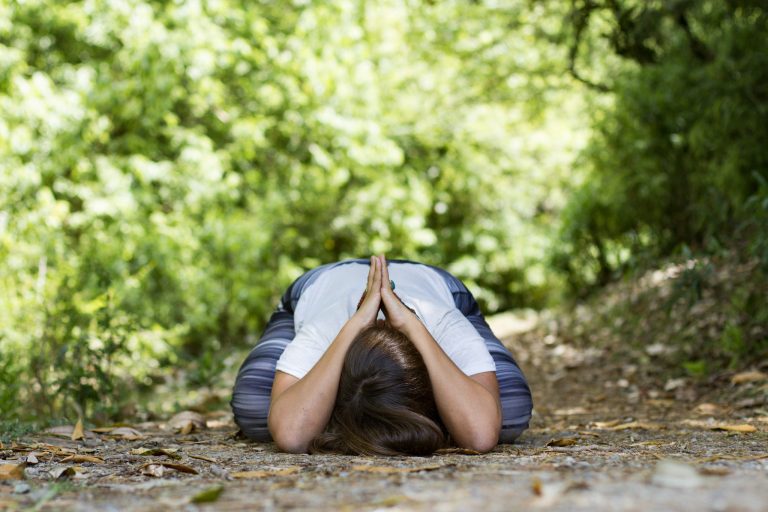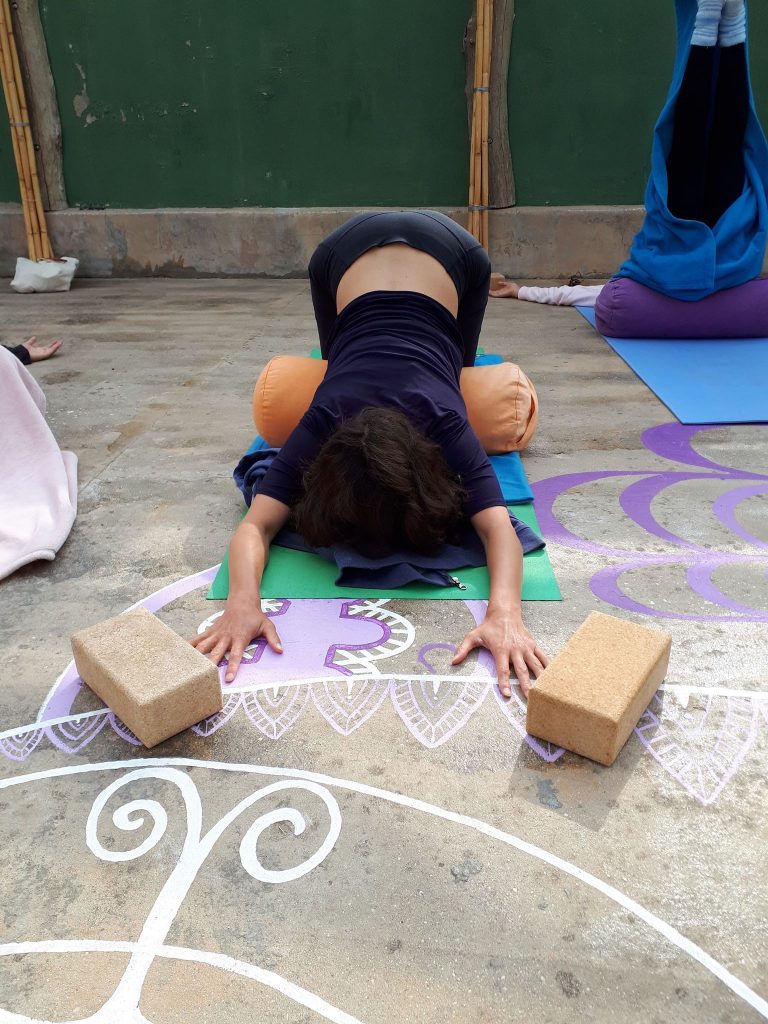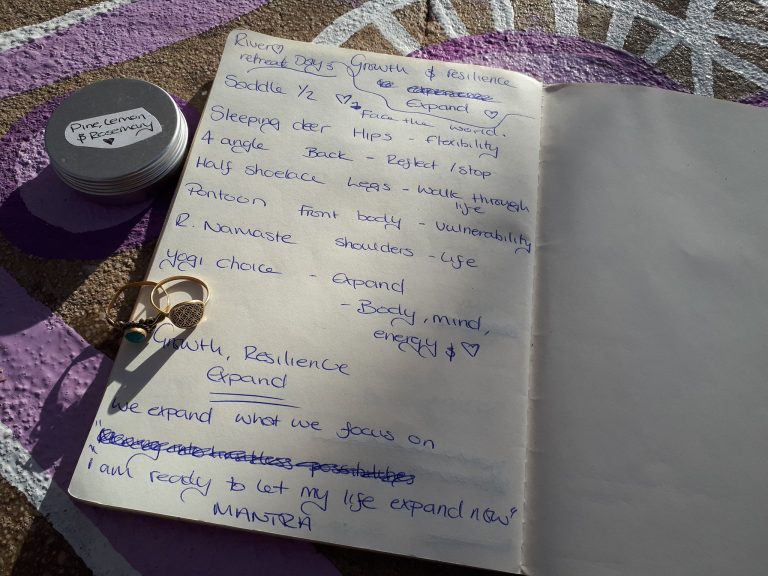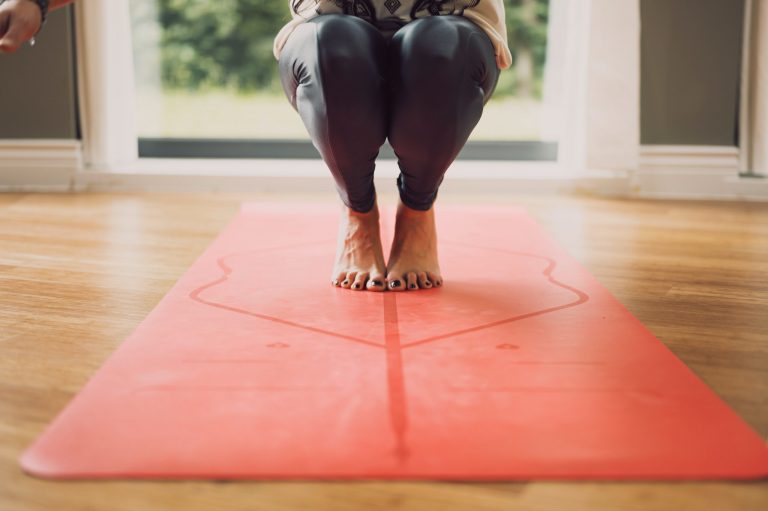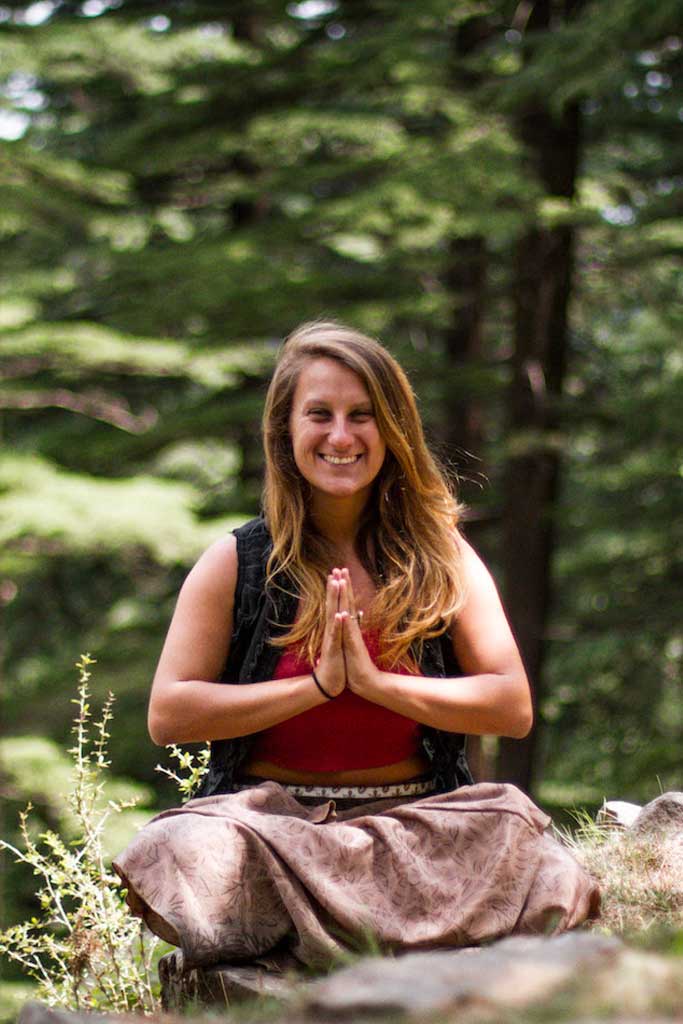Teaching Yin Yoga From The Physical Dimension
Written by Becky Khalil
When we first start practising Yin Yoga we enter into a new world. A world full of safety, of relaxation, of solace. A world where we can just let go. We don’t need to be anyone, do anything or live up to any expectations. We can simply be.
This is the point.
However, the more we travel through this world we see, and hopefully experience, the 5 dimensions of the body:
The physical dimension : Yin Yoga, Functional Anatomy & Chinese Medicine (teacher training)
The energetic dimension: Yin Yoga, Pranayama, Meditation & Mindfulness (teacher training)
The mental dimension: Yin Yoga, Neuroplasticity & Mindfulness (teacher training
The emotional dimension: Yin Yoga, Emotional Intelligence and Essential Oils (teacher training)
The spiritual dimension: Yin Yoga and Yoga Nidra (teacher training)
These 5 dimensions take us through a whole world where we can heal. We can strip away the layers that pull us down, that deplete out energy, that kill our soul. Forgive me for speaking so frankly but I hope that you can resonate with me here.
So why does Yin Yoga have no alignment and what does that actually mean?
The Physical Approach to Yin Yoga
The physical approach is where we should always begin with Yin Yoga. Before we can transcend the physical practice of Yoga asana, we must learn how to practice to ascertain a comfortable, or bearable, body and physical sensations during asana. The majority Yin Yoga and functional anatomy-based education is Paul Grilley’s style of Yin Yoga. This style is home to longer, static holds, with floor-based asana, targeting the myo-fascia, practising with completely relaxed muscles and props to hold and support the body. While Paul Grilley has done a fair amount of spreading Yin Yoga all over the world, he is not the founder of it, nor did he fully create it. He simply modified it, while Sarah Powers coined the term Yin Yoga, meaning the approach of Yin to the practice of Yoga. As we get deeper into the story of the 5 dimensions of Yin Yoga in another article we will be coming back to this notion. This is the very notion that many people think they understand, and practice in principle, yet completely oversee and disregard what it truly means. And this changes everything.
The No Alignment Style of Practising Yoga: Yin Yoga
Yin Yoga is a functional style of Yoga. This means that we base the practice on how the body is, not how it looks like. This means that everyone is going to look different and feel different, also.
So, why is this important?
There are some integral phrases that we must understand when we are on a teaching journey with Yin Yoga. They are:
1. Tension and compression
2. Skeletal variation
3. Fascia and the fascial matrix
Each one of these brings together a delicate component, that when integrated and weaved together brings about the magic of making Yin Yoga accessible to EVERYBODY. And this is why Yin Yoga is arguably the most accessible.
- Tension & Compression
Tension and compression refer to the level of restriction in the body.
Tensile restriction = tension within the myo-fascial matrix. This can be changed and resolved over time.
Compressive restriction = bone on bone. This will not change.
This is important because as we are all different shapes, sizes and forms, but not function, we are going to need different propping, cues and guidelines to access the practice. This is the beauty of Yin Yoga and this equally is what makes it challenging to teach at a high quality.
2. Skeletal variation
Skeletal variation is the baseline of the compressive force mentioned above. Our bones are all different shapes and sizes. Not only in comparison with each other (even though we shouldn’t compare), but also within either side of our body. We are a-symmetrical. This is what makes everything interesting in Yin Yoga practice and teaching. Especially when we are on Yin Yoga teacher training: Functional Anatomy & Chinese Medicine. This is where our students reveal the most incredible differences in their body. Skeletal variation is what explains why we can’t all do the same thing. When you can understand this then you can understand how to teach Yin Yoga effectively.
3. Fascial Matrix
The fascial matrix is the baseline for the tensile restriction we spoke about above. The fascial matrix is an important part of holding us together. With good movement to the body, good hydration and water absorption and a healthy diet, the fascial matrix can be optimally functioning. Stop moving, stop drinking water, eat a lot of sugar or fat and the fascial matrix will start to suffer. When the fascial matrix suffers stiffness, tightness and pain can manifest, hence tensile restriction. Yin Yoga helps gently release the load of negative tension we have running through the body, being held in the fascial matrix, from a physical standpoint. This can be caused by an overactive sympathetic nervous system (i.e. stress), or lack of movement or overload. There are many more reasons and we go into these in our foundation training of Yin Yoga, Functional Anatomy & Chinese Medicine teacher training.
Due to all of these differentiation, the intelligent style of Yin Yoga is known as functional Yoga. When studying Yin Yoga on a teacher training, you will learn about functional anatomy and this will be very different to how you learn anatomy on a 200 hour training. Yin Yoga teacher training’s are specialists and dive deeply into why there is no alignment in Yin Yoga and how you can make the practice beautifully accessible to every single person on earth.
𓆩♡𓆪 To watch some of our free Yin teacher training about how to teach Yin intelligently TAP HERE
Yin Yoga Teacher Training Online:
Yin Yoga Teacher Training: 100 hour Functional Anatomy and Chinese Medicine
Yin Yoga Teacher Training: 100 hour Pranayama, Meditation and Mindfulness
Yin Yoga Teacher Training: 80 hour Yin Yoga and Yoga Nidra
Yin Yoga Teacher Training: 50 hour Neuroplasticity and Mindfulness
Yin Yoga Teacher Training: 50 hour Essential Oils and Emotional Intelligence

